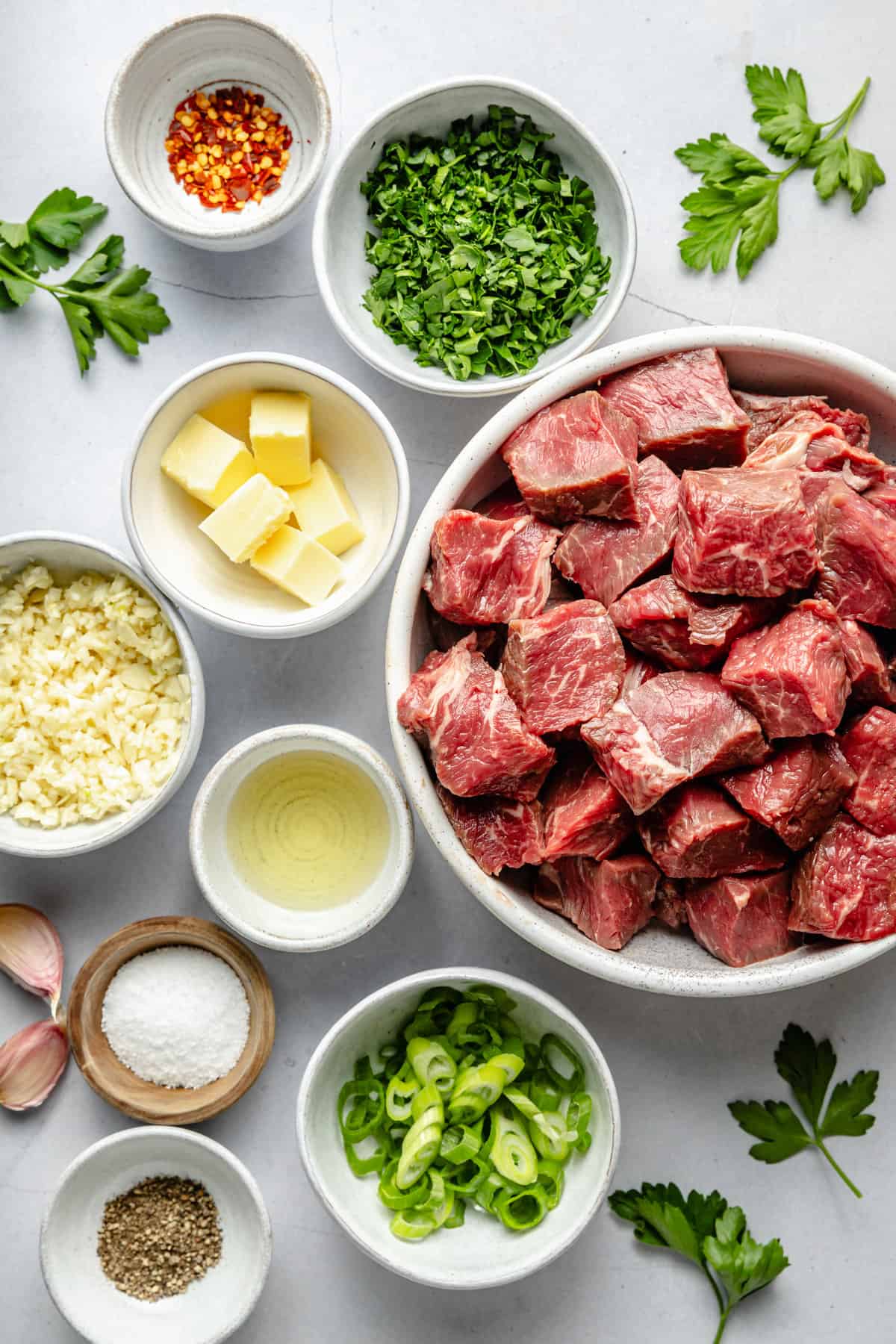From Ranch to Table: Fresh and Premium Meat Choices
The journey of meat from ranch to table encapsulates an intricate interplay of quality, values, and sustainability. This shift not just improves the dietary profile of meat yet likewise sustains regional economic situations.
Comprehending Meat Sourcing
As consumers end up being increasingly mindful of the origins of their food, recognizing meat sourcing has gotten paramount relevance. Meat sourcing involves mapping the trip of meat from farm to table, incorporating various aspects such as farming techniques, animal well-being, and environmental effect. This recognition empowers customers to make enlightened choices that straighten with their values, especially concerning sustainability and honest considerations.
The sourcing of meat can vary significantly based on numerous criteria, consisting of the kind of livestock, farming techniques, and geographical area. For example, grass-fed beef commonly originates from pasture-based systems that promote pet well-being and reduce environmental destruction. On the other hand, standard meat may include extensive farming techniques that raise issues pertaining to antibiotic use and environment destruction.
Additionally, traceability plays a crucial role in meat sourcing. Understanding the certain ranch or region where the meat comes from aids customers make certain high quality and safety and security. Several consumers currently look for qualifications or tags that show gentle therapy and lasting techniques, mirroring an expanding need for openness in the food supply chain. Eventually, comprehending meat sourcing not only enhances consumer choice but also fosters liable intake and sustains moral farming practices.
Advantages of Fresh Meat
Selecting fresh meat provides numerous benefits that extend past flavor and texture. Fresh meat typically preserves higher dietary value contrasted to its frozen or processed equivalents. It is frequently richer in essential nutrients, such as B vitamins, iron, and zinc, which are important for maintaining general health.
In addition, the sourcing of fresh meat typically involves shorter supply chains, reducing the time in between ranch and table. This indicates that the meat is much less likely to shed its nutritional honesty during transport and storage space. Furthermore, customers can experience enhanced preference and juiciness, which can elevate cooking experiences.
Fresh meat also offers a possibility for consumers to sustain neighborhood farmers and promote lasting farming methods. When acquiring from local resources, people can add to their regional economy and promote a better connection to the food they take in.
Finally, fresh meat is normally devoid of the chemicals and ingredients generally found in refined choices. This makes it a cleaner, much healthier alternative for those aiming to decrease their consumption of fabricated active ingredients. On the whole, the advantages of selecting fresh meat include health and wellness, taste, and a sense of community engagement.
Pet Well-being Requirements
Making certain high pet well-being standards is important for both honest considerations and the quality of meat products. The therapy of livestock directly influences not just the moral ramifications of meat production but also the total top quality and security of the end items. Animals raised in humane conditions are much less worried, causing healthier pets and, consequently, premium meat high quality.
Regulations and qualifications concerning pet welfare have actually ended up being increasingly substantial in the meat market. These structures make sure animals are supplied with sufficient room, proper nourishment, and humane handling throughout their lives. Practices such as pasture-raised systems and free-range atmospheres add to better pet welfare by permitting animals to display all-natural habits, which is critical for their wellness.
Moreover, consumers are coming to be much more critical regarding the resources of their meat, bring about a growing need for products that follow stringent animal well-being standards. This change not just promotes honest farming practices however additionally motivates manufacturers to adopt actions that enhance the health and wellness and well-being of their animals. Meat. Eventually, prioritizing animal well-being is not simply a moral imperative; it is likewise a path to creating premium-quality meat that my review here fulfills customer expectations

Lasting Farming Practices
Lasting farming practices play an essential function in enhancing both pet welfare and the top quality of meat items. These practices highlight the importance of ecological stewardship, ethical therapy of livestock, and source efficiency. By applying rotational grazing, farmers can promote healthy and balanced pasture ecological communities, enabling pets to feed upon nutrient-rich yards while stopping overgrazing. This technique not only sustains animal health however also enriches the soil, reducing the need for synthetic plant foods.
Additionally, lasting farming usually includes incorporated insect management and natural feed choices, lessening making use of hazardous chemicals. This approach not only safeguards animal wellness yet additionally results in cleaner, safer meat products for customers. Water preservation strategies, such as rainwater harvesting and efficient watering systems, better add to lasting practices, guaranteeing that resources are utilized carefully.
In addition, fostering biodiversity through polyculture systems and preserving habitats for wildlife enhances the resilience of more farming communities. By prioritizing these sustainable methods, farmers can produce top notch meat that fulfills consumer demand while promoting ecological balance. Ultimately, embracing lasting farming techniques is crucial for developing a much more accountable and durable food system that benefits pets, farmers, and customers alike.
Deciding On High Quality Over Quantity
Frequently, customers are confronted with the problem of selecting in between amount and high quality when it concerns meat products. While acquiring bigger quantities may appear financially useful, the long-term advantages of selecting premium meat far surpass the prompt cost savings. Quality meat is typically sourced from animals elevated in sustainable environments, where they are provided appropriate nourishment and treatment, resulting in premium taste and nutritional worth.
Premium meats are generally totally free from harmful ingredients, hormones, and anti-biotics that are commonly present in mass-produced choices (Meat). This not just guarantees a much healthier dining experience yet also sustains ethical farming techniques that prioritize pet welfare. Furthermore, costs meats have a tendency to have a far better structure and taste, enhancing the total culinary experience
Purchasing quality meat urges consumers to value smaller parts, enabling a more conscious strategy to eating. This change not only affects individual health favorably yet also advertises lasting consumption patterns Get More Information that can profit the setting. Finally, focusing on top quality over quantity when choosing meat items cultivates an extra accountable and health-conscious way of living, ultimately enhancing both the eating experience and the earth.
Verdict

Comments on “Meat High Quality Grades Explained: What You Need to Know”